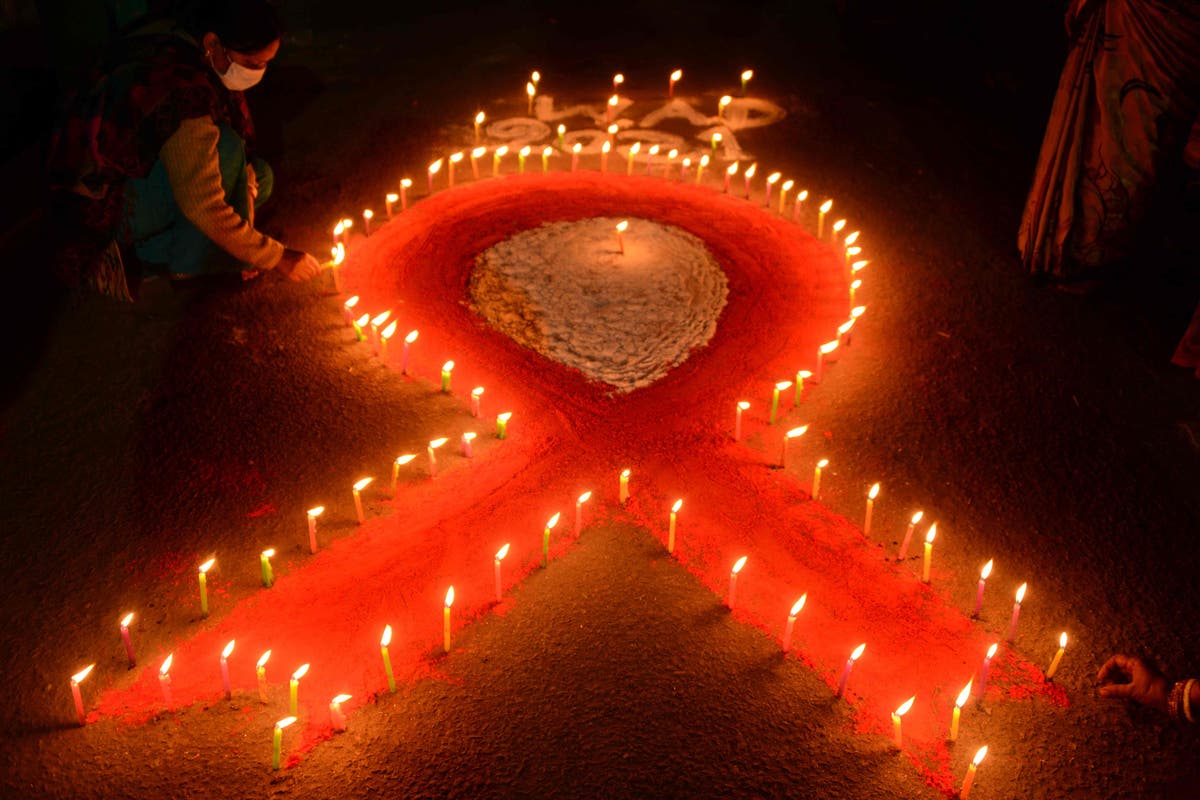In 2005, Aids nearly killed me – now I’m determined to outlive it | Jason Reid
In 2005, Aids nearly killed me – now I'm determined to outlive it | Jason Reid The Independent


My Perspective on Aids as a Survivor

My perspective of Aids as a survivor is a unique one – particularly as with each passing year fewer survivors remain, and the horrors of Aids become more of a distant memory that younger people have no meaningful connection to. Bridging the generational gap is important to me.
The Importance of Remembering the History of Aids
When Aids began disproportionately wiping out gay men in the Eighties, governments on both sides of the Atlantic turned a blind eye to the crisis in a way that wouldn’t have happened if a virus was sweeping through the general population. Times may change but homophobia remains.
This is why I strongly believe that the history of Aids ought to be remembered in the first instance via the testimonies of those affected, and living survivors like myself have a responsibility to ensure that history is not whitewashed by those in power.
Sustainable Development Goals and Aids
- Goal 3: Good Health and Well-being – Aids is a major global health issue that needs to be addressed to achieve this goal.
- Goal 5: Gender Equality – Aids disproportionately affects certain groups, including women and girls, highlighting the need for gender equality in tackling the disease.
- Goal 10: Reduced Inequalities – Aids has often been associated with discrimination and stigma, emphasizing the importance of reducing inequalities in healthcare and society.
- Goal 16: Peace, Justice, and Strong Institutions – Ensuring justice and strong institutions is crucial in addressing the historical neglect and mistreatment of Aids survivors.
Conclusion
By remembering the history of Aids and amplifying the voices of survivors, we can raise awareness, challenge homophobia, and work towards achieving the Sustainable Development Goals. It is our collective responsibility to ensure that the lessons learned from the Aids crisis are not forgotten and that progress continues to be made in the fight against this devastating disease.
SDGs, Targets, and Indicators
-
SDG 3: Good Health and Well-being
- Target 3.3: By 2030, end the epidemics of AIDS, tuberculosis, malaria, and neglected tropical diseases and combat hepatitis, water-borne diseases, and other communicable diseases.
- Indicator 3.3.1: Number of new HIV infections per 1,000 uninfected population, by sex, age, and key populations.
- Indicator 3.3.2: Tuberculosis incidence per 1,000 population.
- Indicator 3.3.3: Malaria incidence per 1,000 population.
The issues highlighted in the article are connected to SDG 3: Good Health and Well-being. The article discusses the history of AIDS and the importance of remembering it through the testimonies of survivors. This aligns with SDG 3’s target to end the epidemics of AIDS and combat other communicable diseases.
Specific targets under SDG 3 that can be identified based on the article’s content include Target 3.3: By 2030, end the epidemics of AIDS, tuberculosis, malaria, and neglected tropical diseases and combat hepatitis, water-borne diseases, and other communicable diseases.
The article mentions the history of AIDS and the impact it had on gay men in the Eighties. It highlights how governments turned a blind eye to the crisis, indicating a lack of action in combating the epidemic. The indicators mentioned in the article that can be used to measure progress towards the identified targets are:
- Indicator 3.3.1: Number of new HIV infections per 1,000 uninfected population, by sex, age, and key populations.
- Indicator 3.3.2: Tuberculosis incidence per 1,000 population.
- Indicator 3.3.3: Malaria incidence per 1,000 population.
These indicators can be used to track the number of new HIV infections, tuberculosis incidence, and malaria incidence, which are key factors in assessing progress towards ending the epidemics and combating communicable diseases.
SDGs, Targets, and Indicators
| SDGs | Targets | Indicators |
|---|---|---|
| SDG 3: Good Health and Well-being | Target 3.3: By 2030, end the epidemics of AIDS, tuberculosis, malaria, and neglected tropical diseases and combat hepatitis, water-borne diseases, and other communicable diseases. |
|
Behold! This splendid article springs forth from the wellspring of knowledge, shaped by a wondrous proprietary AI technology that delved into a vast ocean of data, illuminating the path towards the Sustainable Development Goals. Remember that all rights are reserved by SDG Investors LLC, empowering us to champion progress together.
Source: independent.co.uk

Join us, as fellow seekers of change, on a transformative journey at https://sdgtalks.ai/welcome, where you can become a member and actively contribute to shaping a brighter future.







